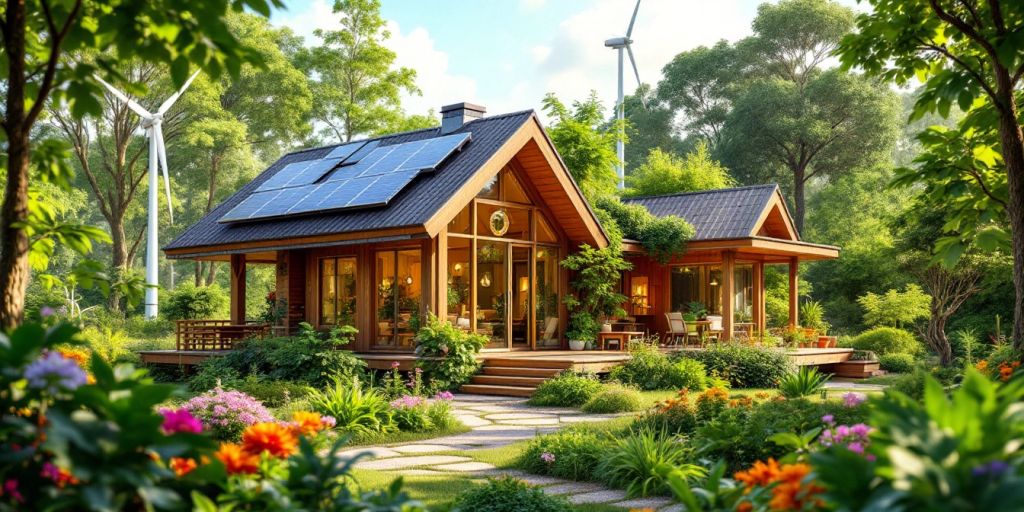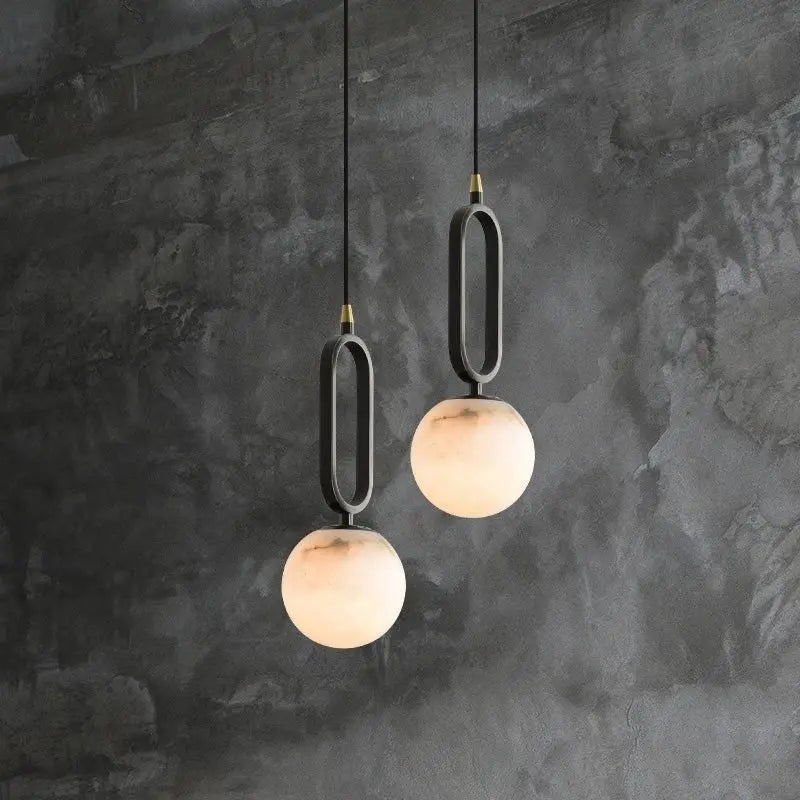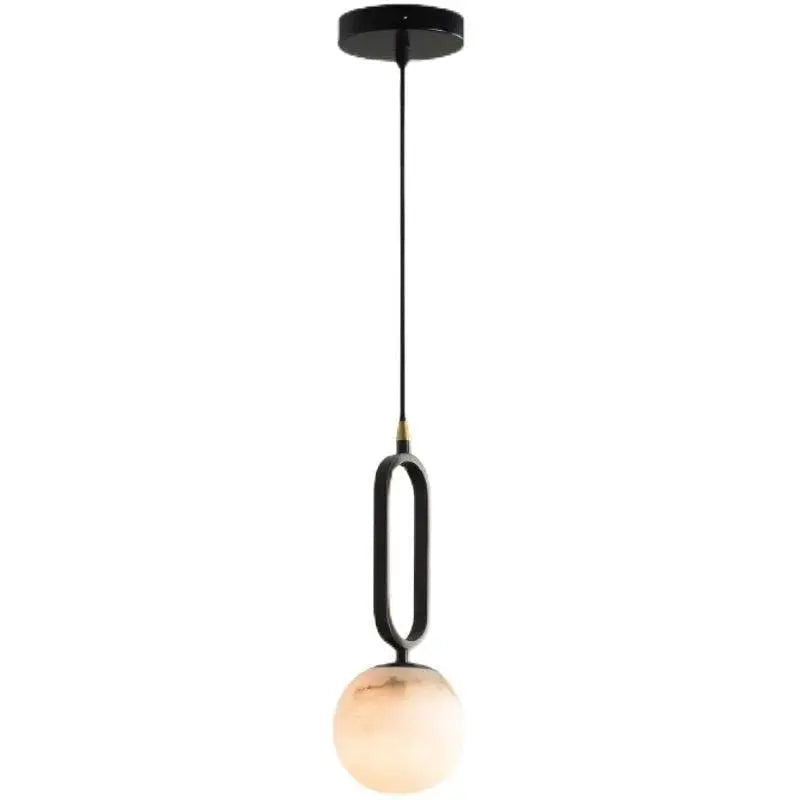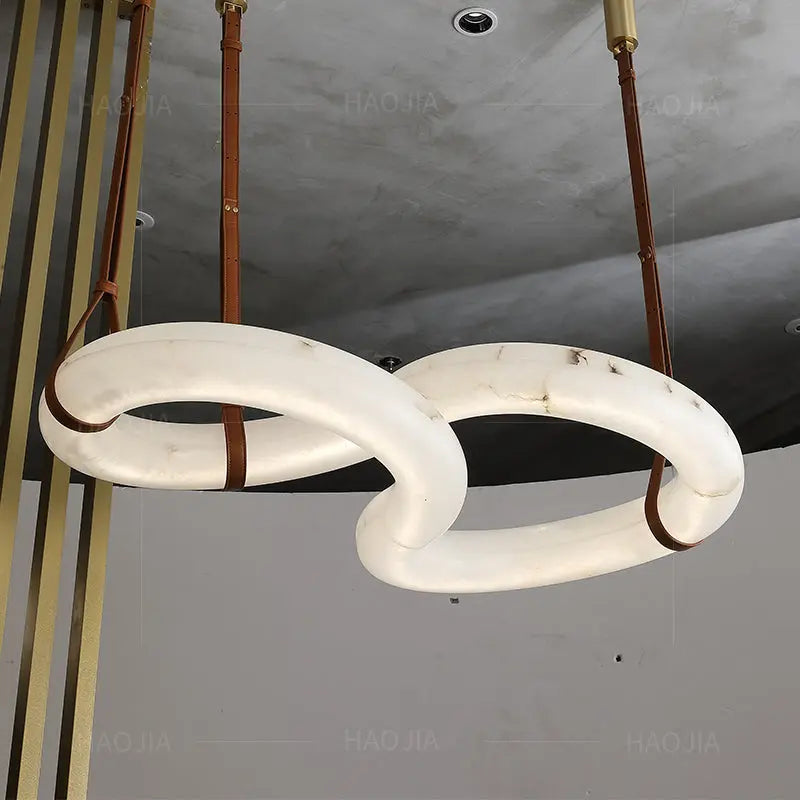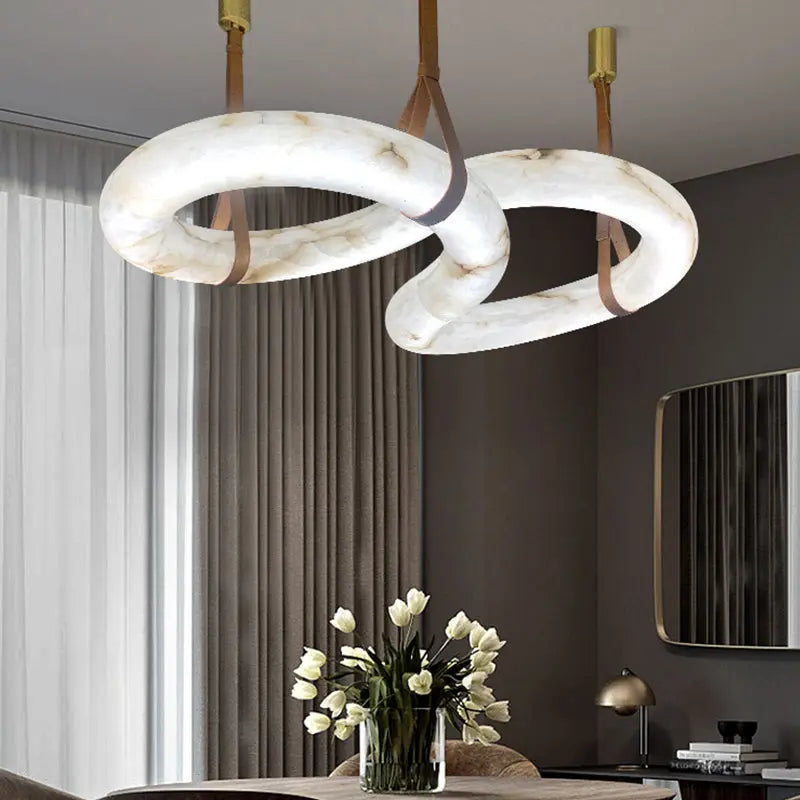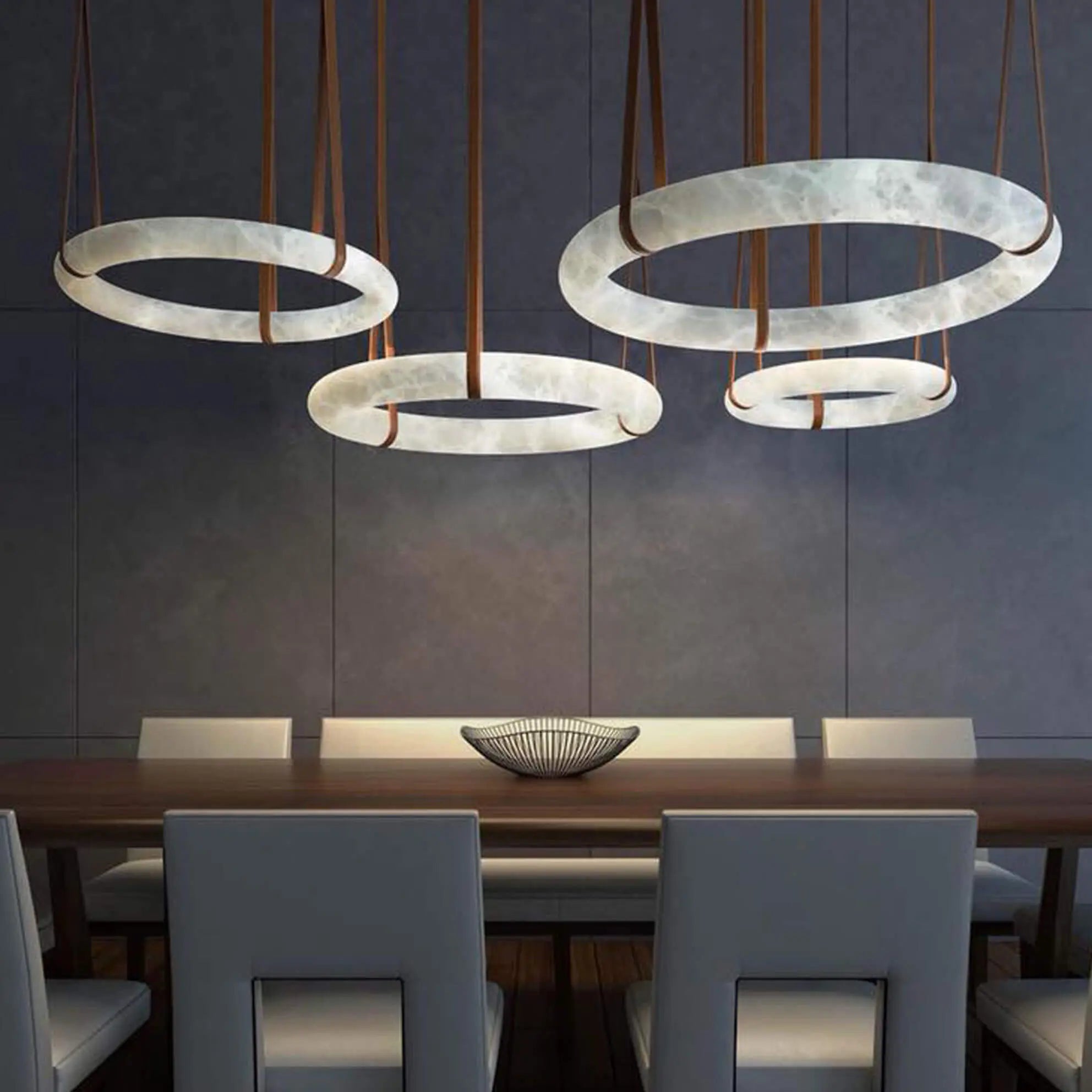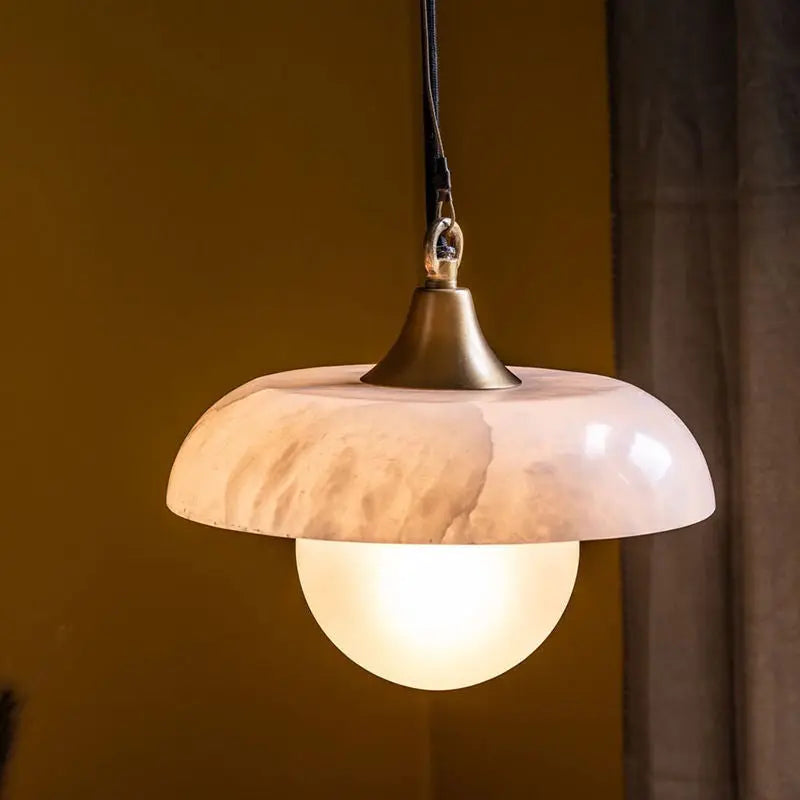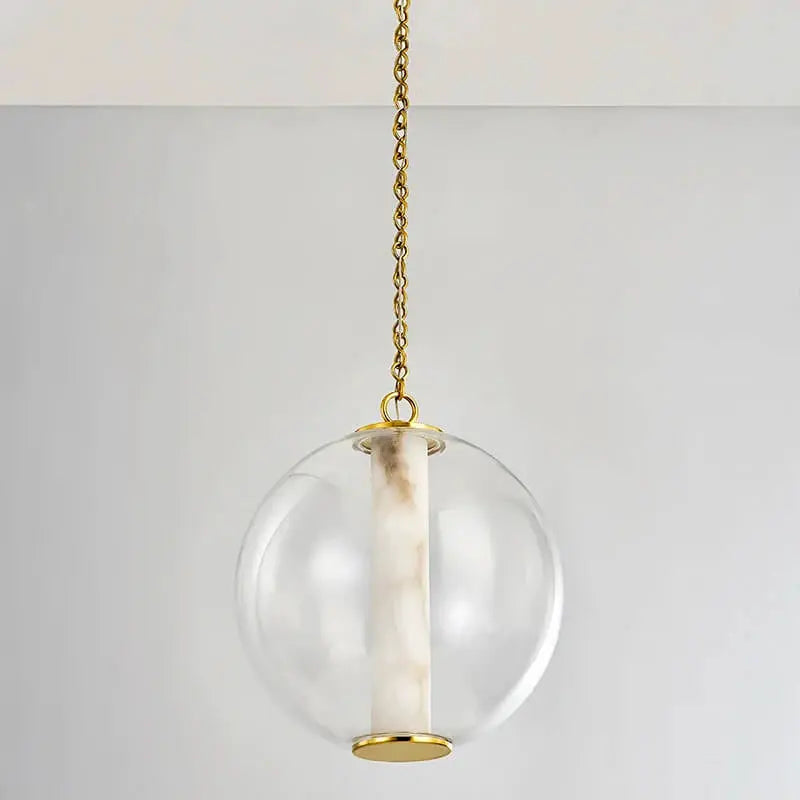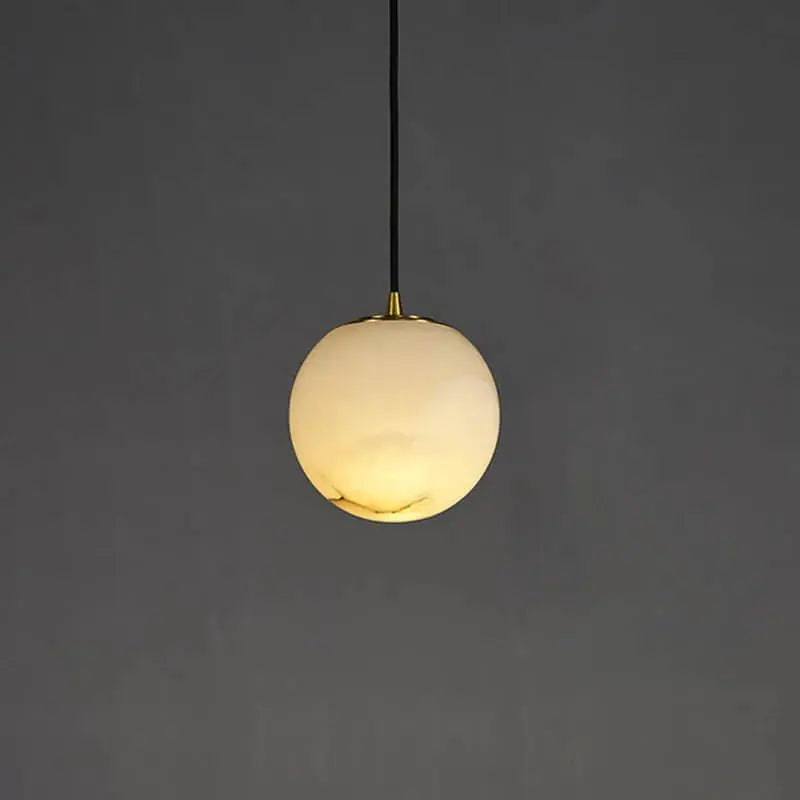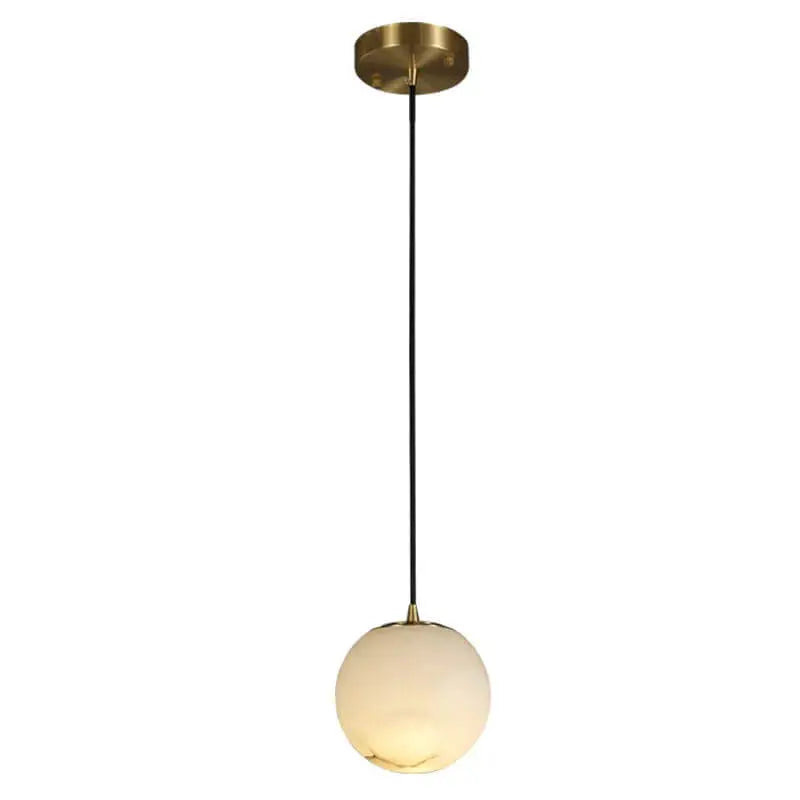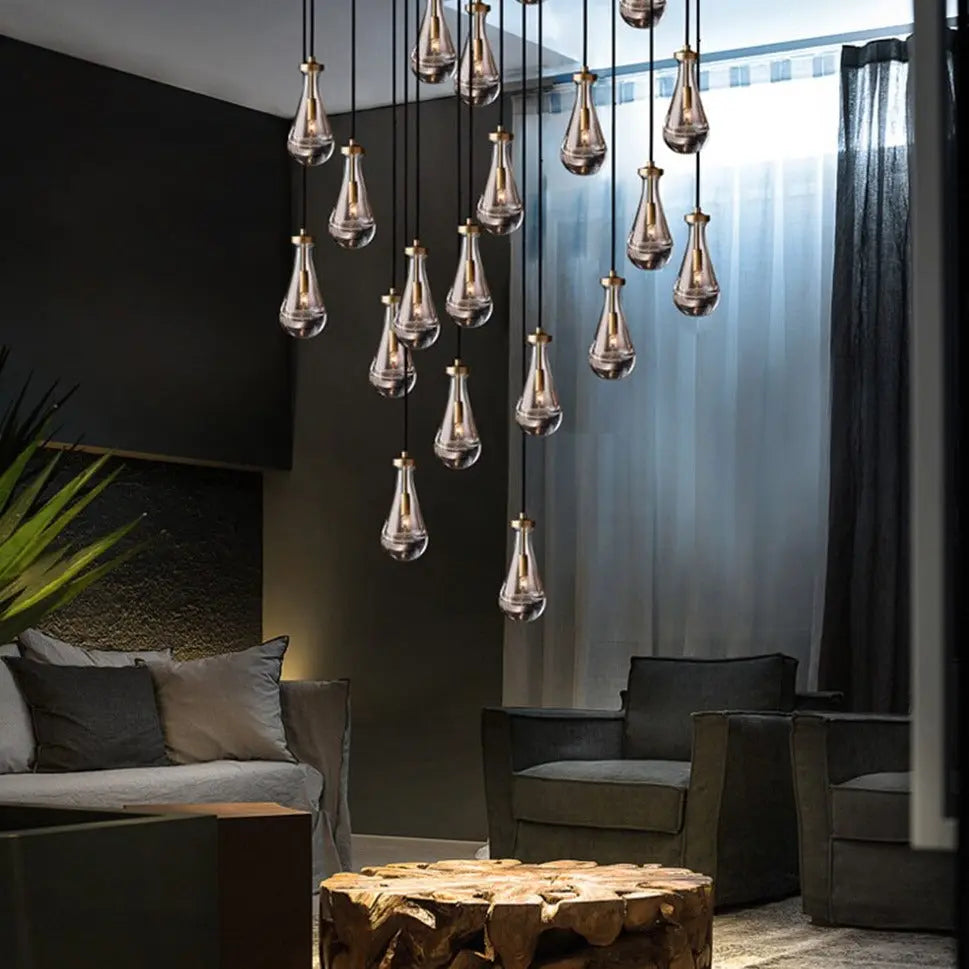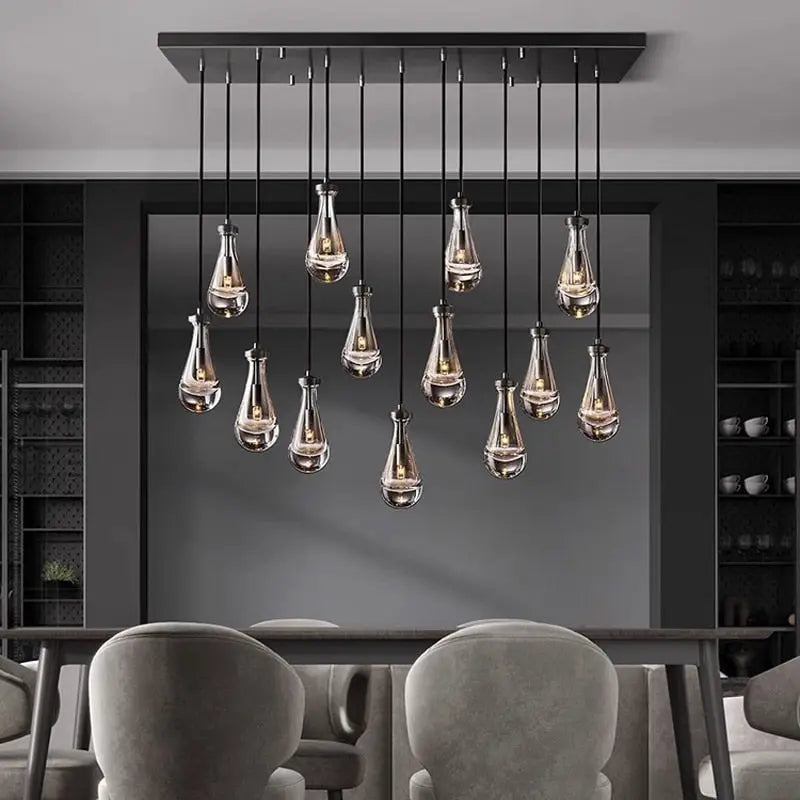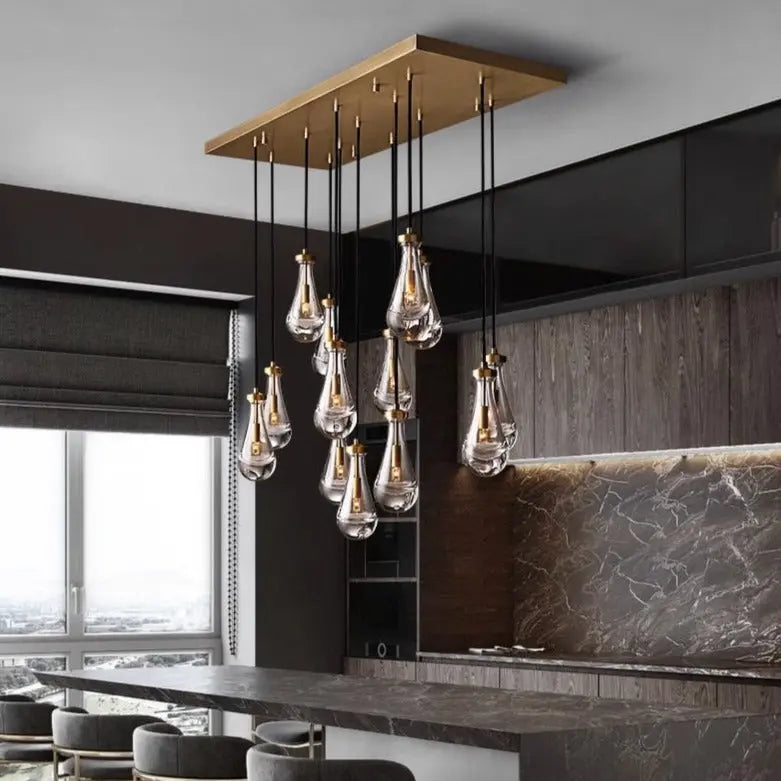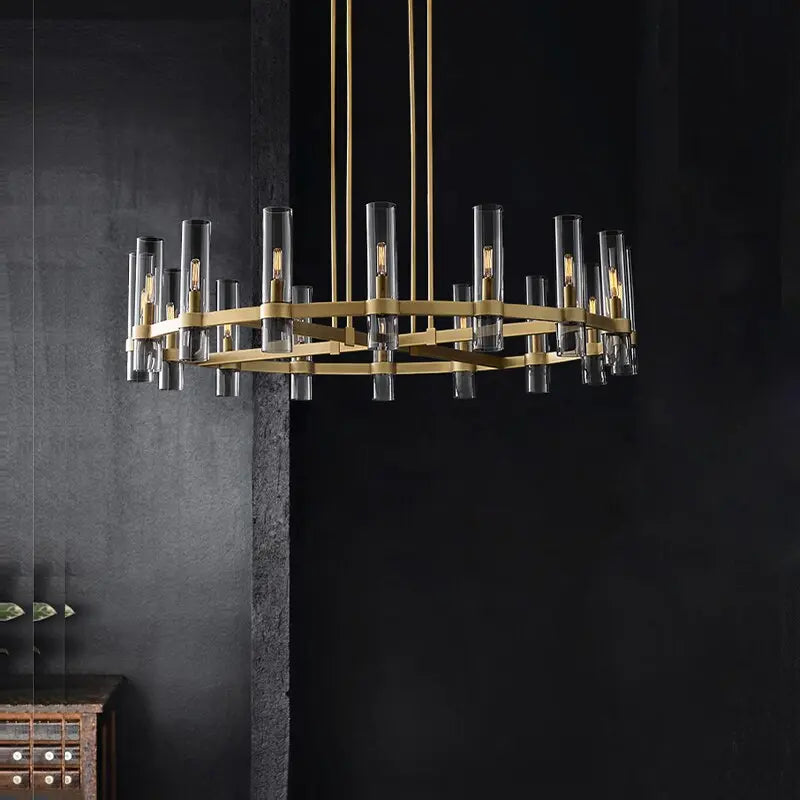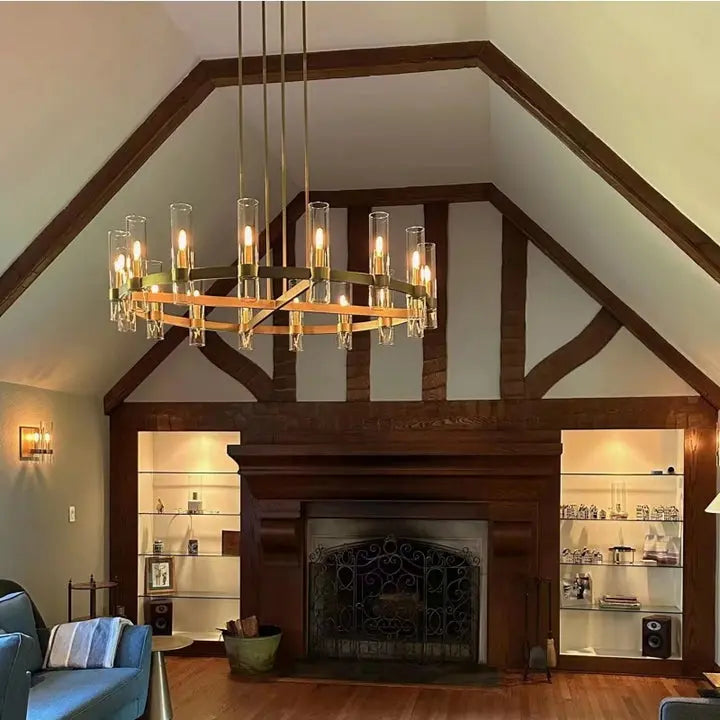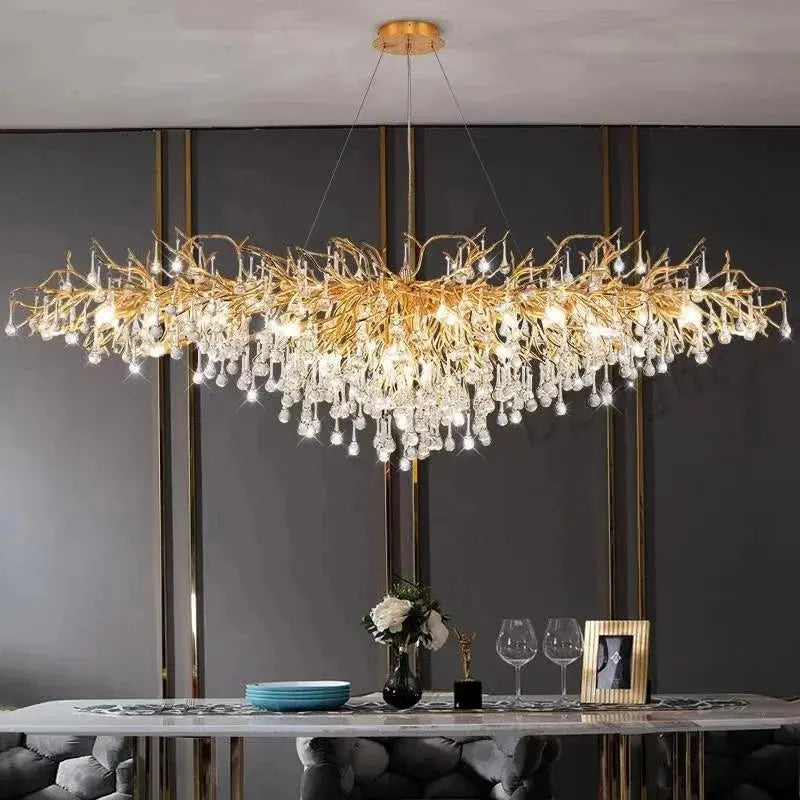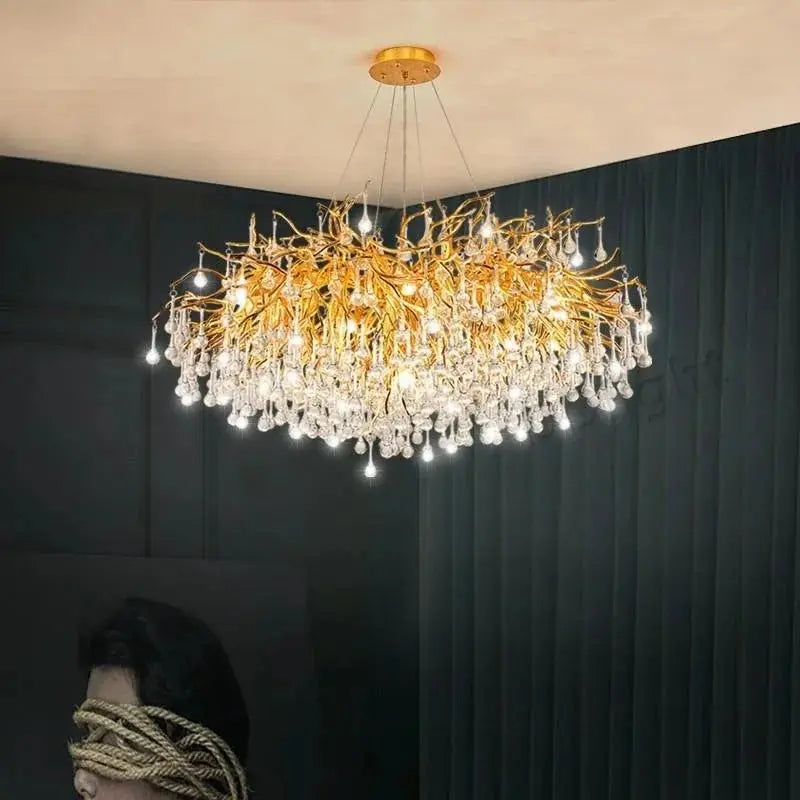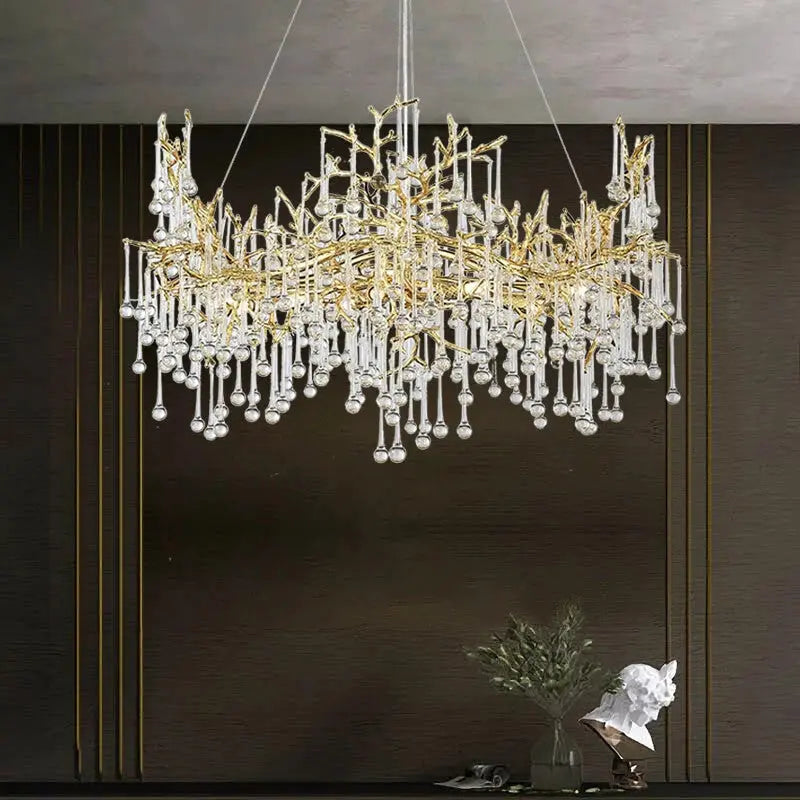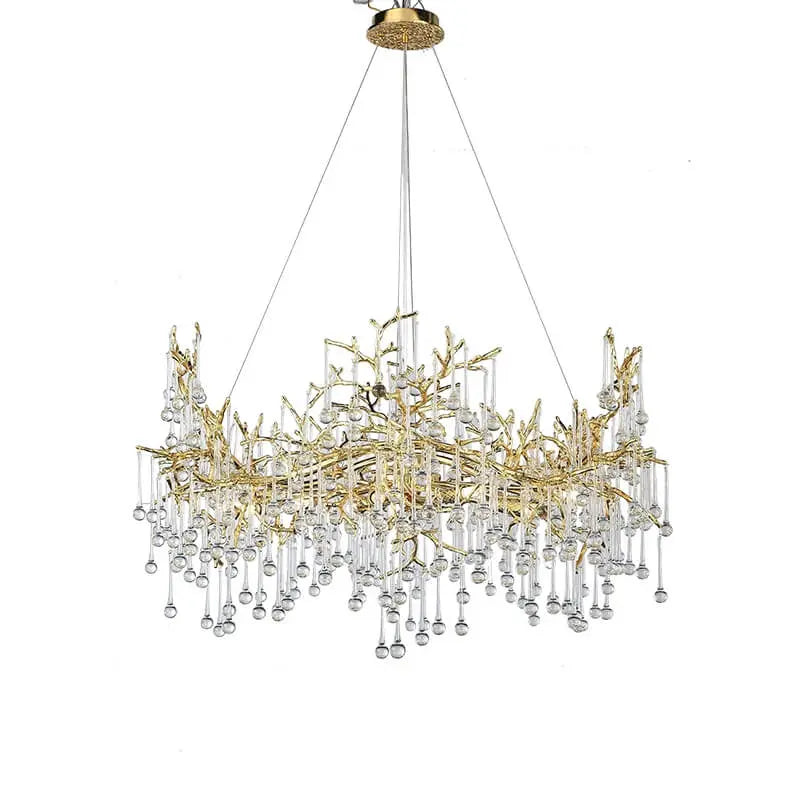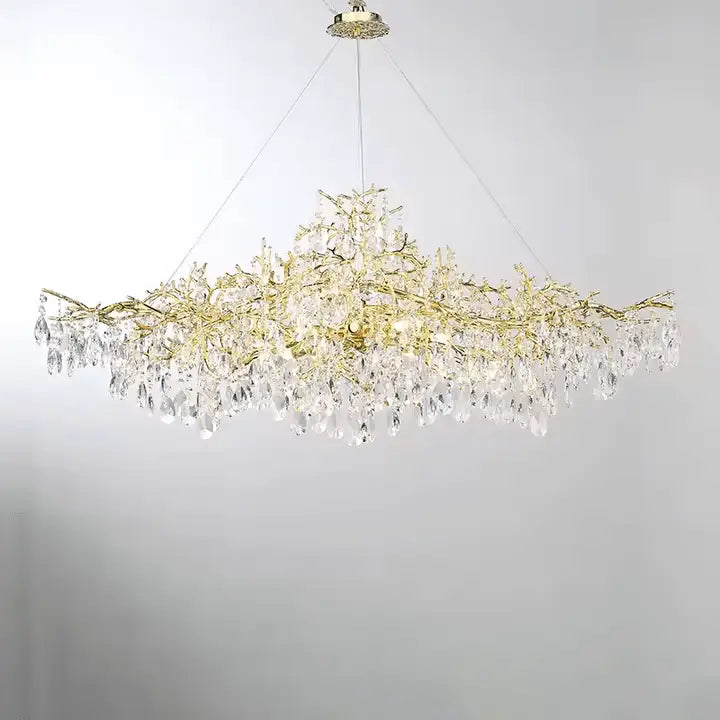In recent years, sustainable homes have gained popularity as people become more aware of their environmental impact. These homes not only provide a comfortable living space but also contribute to a healthier planet. This article explores the innovative features that make sustainable homes a smart choice for a greener future.
Key Takeaways
- Sustainable homes use energy-efficient appliances to lower utility costs.
- They often include renewable energy sources like solar panels for clean energy.
- Water-saving fixtures help conserve water and promote responsible usage.
- Using eco-friendly materials reduces environmental impact during construction.
- Smart home technologies enhance energy management and sustainability.
Key Features of Sustainable Homes
Sustainable homes are designed with several important features that help protect the environment and save money. Here are some key aspects:
Energy Efficiency
Energy-efficient homes use less energy for heating, cooling, and lighting. This is achieved through:
- High-quality insulation
- Energy-efficient appliances
- Smart home technologies that help monitor and reduce energy use
Renewable Energy Sources
Incorporating renewable energy sources, like solar panels or wind turbines, allows homeowners to generate their own clean energy. This not only reduces reliance on fossil fuels but can also lead to savings on energy bills.
Water Conservation
Water conservation is crucial in sustainable homes. Some effective methods include:
- Installing low-flow toilets and faucets
- Using rainwater harvesting systems
- Implementing drought-resistant landscaping
Sustainable Materials
Using sustainable materials is essential for reducing the environmental impact of construction. This includes:
- Locally sourced materials to reduce transportation emissions
- Recycled materials to minimize waste
- Rapidly renewable materials like bamboo
Sustainable homes not only benefit the environment but also create a healthier living space for families.
By focusing on these key features, homeowners can contribute to a greener future while enjoying the benefits of smart homes and energy-efficient homes.
The Financial Benefits of Sustainable Homes
Sustainable homes are not just good for the planet; they also make financial sense. Here are some key benefits:
Lower Energy Bills
- Energy-efficient appliances and systems help reduce monthly utility costs.
- Homeowners can save significantly on their energy expenses.
- Many sustainable homes use renewable energy sources, further lowering bills.
Increased Property Value
- As more people seek affordable homes with green features, the demand for sustainable properties is rising.
- These homes often sell for higher prices compared to traditional homes.
- Investing in a sustainable home can lead to a better return on investment.
Government Incentives
- Many governments offer tax credits and rebates for homeowners who invest in green technologies.
- These incentives can help offset the initial costs of building or renovating a sustainable home.
- Homeowners can take advantage of programs that promote energy efficiency and renewable energy use.
Long-Term Savings
- Although the upfront costs may be higher, the long-term savings from reduced energy and maintenance costs can be substantial.
- Homeowners can expect lower repair costs due to the durability of sustainable materials.
- Over time, these savings can add up, making sustainable homes a wise financial choice.
Sustainable homes not only benefit the environment but also provide a solid financial investment for homeowners. By reducing energy costs and increasing property value, they offer a path to a greener future while saving money.
Innovative Design Trends in Sustainable Homes
Bioregenerative Design
Bioregenerative design mimics natural ecosystems, creating homes that work in harmony with nature. This approach includes features like green roofs and rainwater harvesting systems, which help reduce environmental impact while enhancing the beauty of the home.
Smart Home Technologies
Integrating smart home technologies is becoming essential in sustainable homes. These systems allow homeowners to monitor and manage energy use effectively. Here are some benefits of smart home technologies:
- Energy management: Helps reduce energy consumption.
- Convenience: Automates daily tasks for ease of living.
- Cost savings: Lowers utility bills over time.
Customization and Flexibility
Sustainable homes are increasingly designed for customization and flexibility. Homeowners can tailor their living spaces to fit their needs, making them more efficient and reducing waste. This trend allows for:
- Personalized layouts that suit individual lifestyles.
- Adaptable spaces that can change with family needs.
- Eco-friendly materials that reflect personal style.
Green Amenities
Green amenities are becoming popular in sustainable homes. These features not only enhance the living experience but also promote a healthier lifestyle. Examples include:
- Community gardens for growing food.
- Shared spaces for social interaction.
- Fitness areas that encourage an active lifestyle.
The shift towards sustainable home design is not just about aesthetics; it’s about creating a better future for our planet. By embracing these innovative trends, homeowners can contribute to a greener world while enjoying modern comforts.
The Role of Homeowners and Industry Leaders
In the journey towards a greener future, both homeowners and industry leaders play vital roles. Their choices and actions can significantly influence the demand for sustainable living. Here’s how they can contribute:
Promoting Green Living
- Educate themselves and others about sustainable practices.
- Advocate for eco-friendly policies in their communities.
- Participate in local sustainability initiatives.
Aligning Home Choices with Environmental Values
- Choose homes that utilize renewable energy sources.
- Opt for materials that are sustainable and have a minimal environmental impact.
- Support builders who prioritize eco-friendly construction methods.
Collaboration for a Sustainable Future
- Work together with local governments to promote green building standards.
- Share resources and knowledge among homeowners to foster a community of sustainability.
- Engage with industry leaders to push for innovations in sustainable home design.
By making informed choices, homeowners can drive the demand for eco-friendly living spaces, shaping a more sustainable future for everyone.
This collective effort is essential in creating a healthier planet for future generations. Together, we can make a difference!
The Rise of Prefabrication and Tiny Homes
Efficient Construction Methods
Prefabrication is changing how we build homes. These homes are made in factories, which means they can be put together quickly and with less waste. This method helps save time and money while being better for the environment. Here are some benefits of prefabrication:
- Less waste: Building in a factory reduces leftover materials.
- Faster construction: Homes can be ready in a shorter time.
- Safer sites: Less activity on-site means fewer accidents.
Minimal Environmental Footprint
Tiny homes are becoming popular because they take up less space and use fewer resources. These homes are often made with sustainable materials, making them a great choice for eco-friendly living. Some key points about tiny homes include:
- Lower energy use: Smaller spaces need less energy to heat and cool.
- Simpler living: They encourage a lifestyle focused on what really matters.
- Affordable options: Many tiny homes are cheaper than traditional houses.
Customization Options
One of the best things about prefabricated and tiny homes is how they can be customized. Homeowners can choose designs and materials that fit their needs. This flexibility allows for:
- Unique layouts that suit individual lifestyles.
- Eco-friendly materials like reclaimed wood or bamboo.
- Energy-efficient systems that save money in the long run.
Green Features as Selling Points
Modern buyers are looking for homes with green features. Things like solar panels, energy-efficient appliances, and even bamboo lamps are becoming must-haves. These features not only help the environment but also make homes more attractive to buyers.
The rise of prefabrication and tiny homes shows a shift towards more sustainable living. By choosing these options, homeowners can make a positive impact on the planet while enjoying a unique living space.
Steps to Make Your Home More Sustainable
Transforming your home into a more eco-friendly space is simpler than you might think. Here are some effective steps you can take:
Energy Efficiency Upgrades
- Replace old appliances with energy-efficient models to save on electricity.
- Ensure your home is well-insulated to keep heating and cooling costs down.
- Consider installing smart thermostats for better energy management.
Switch to Renewable Energy
- Invest in solar panels or small wind turbines to generate your own clean energy.
- This not only helps the environment but can also lead to long-term savings on energy bills.
Water Conservation Techniques
- Install low-flow faucets, showerheads, and toilets to reduce water usage.
- Collect rainwater for garden irrigation, which is a great way to conserve water.
Use of Sustainable Materials
- When renovating, choose materials that are eco-friendly, like bamboo flooring or recycled glass tiles.
- Opt for low-VOC paints to improve indoor air quality while being kind to the planet.
Making your home sustainable is not just about saving money; it’s about creating a healthier environment for everyone.
By following these steps, you can contribute to a greener future while enjoying the benefits of a sustainable lifestyle.
Making your home more eco-friendly is easier than you think! Start by using energy-efficient light bulbs and recycling whenever possible. You can also save water by fixing leaks and using low-flow fixtures. Want to learn more tips? Visit our website for more ideas on how to create a sustainable home!
Conclusion
In summary, green sustainable homes are more than just a passing trend; they are essential for a healthier planet. By using energy-saving technologies, renewable energy, and smart designs, these homes provide many benefits for both the environment and homeowners. They help lower energy costs, increase property values, and create a better living space with cleaner air. As we focus more on sustainability, adopting green home practices can pave the way for a brighter future for everyone.
Frequently Asked Questions
What are the main features of sustainable homes?
Sustainable homes are designed to be energy-efficient, use renewable energy sources, conserve water, and use eco-friendly materials.
How can sustainable homes save money?
They can lower energy bills, increase property value, and may qualify for government incentives, leading to long-term savings.
What are some design trends in sustainable homes?
Trends include bioregenerative design, smart home technologies, and customizable spaces that adapt to the homeowner's needs.
What role do homeowners play in promoting sustainability?
Homeowners can choose eco-friendly options and support sustainable practices, helping to drive demand for green living.
What are tiny homes and why are they popular?
Tiny homes are small, efficient living spaces that reduce environmental impact and cater to those seeking a simpler lifestyle.
How can I make my home more sustainable?
Start with energy-efficient upgrades, switch to renewable energy, conserve water, and use sustainable materials in your home.

